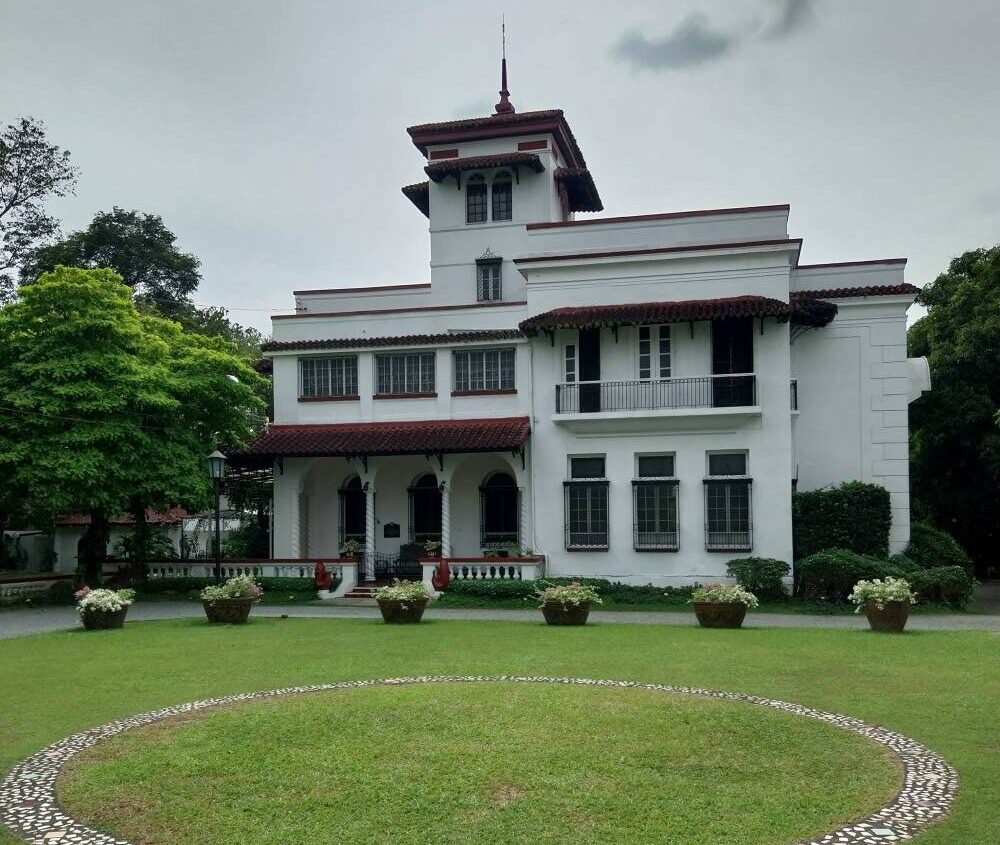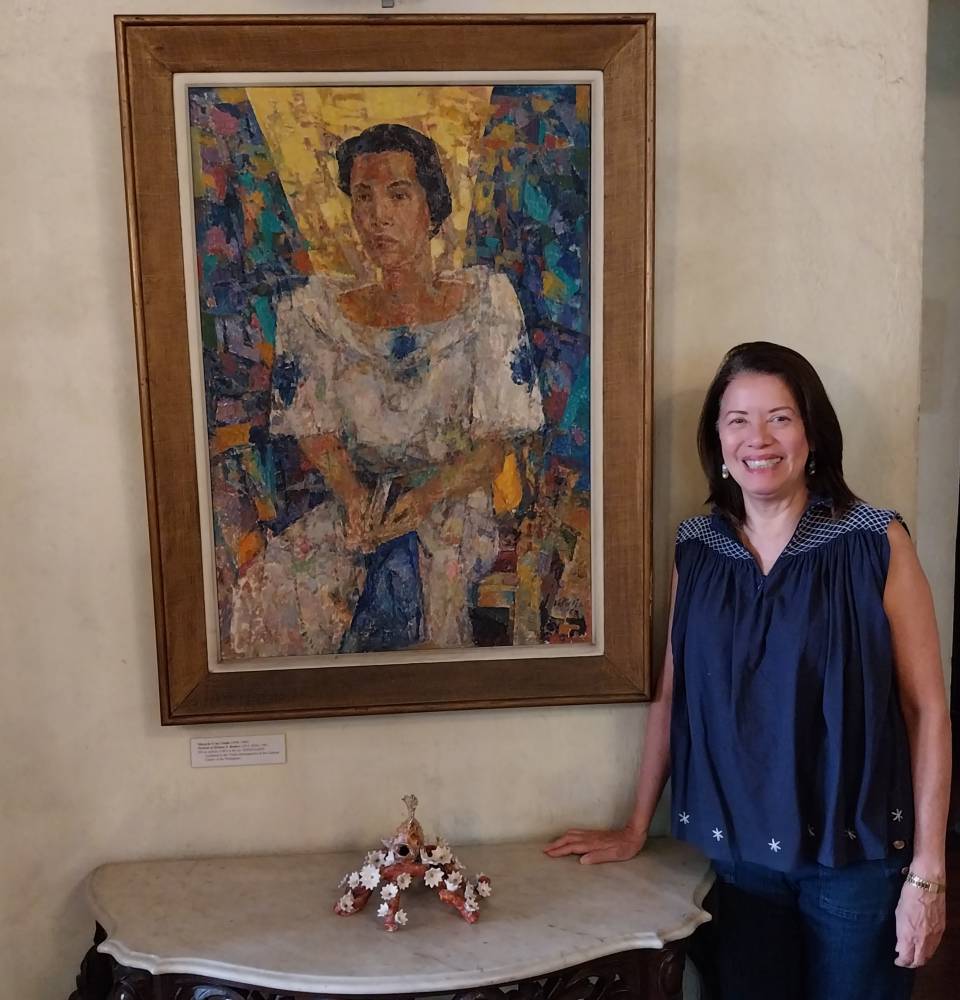How to lure Gen Z to a heritage site

MiraNila, a prewar house in Quezon City, offers a glimpse into life during the Commonwealth period. Its architecture exemplifies the California Revival style, with whitewashed walls, red-tiled eaves, arched openings, and a tower. This architectural gem provides a window into the refined lifestyle enjoyed by Filipino cosmopolites during the Commonwealth period.
The interiors reflect the era’s aesthetic through polished hardwood floors, patterned tile flooring, decorative transom windows, and period furniture, showcasing a blend of European, Oriental, and Filipino design influences. The gardens are a mix of manicured lawns, flowering shrubs, and mature trees, creating a tranquil setting.
Perched on a one-hectare hilltop bordering San Juan, MiraNila’s name, derived from the Spanish phrase “Mira a Manila (Look at Manila),” is said to have originated from a shout from its tower.
Built in 1929 by Conrado Francia Benitez, an educator and constitutionalist, and his wife Francisca Tirona, cofounder of the Philippine Women’s University, MiraNila became their family home. The house now holds a collection of 4,000 books and over 1,000 pieces of art, furniture, ceramics, and memorabilia amassed by the Benitezes and later by their daughter Helena, an educator, legislator, and diplomat.
In 2011, the National Historical Commission of the Philippines declared MiraNila a Heritage House, the place having witnessed important events and hosting a library created by Sen. Helena Benitez. To preserve the estate, it has since been promoted as a historical site and leisure destination. It can serve as a business model on how to preserve an ancestral home while creating new opportunities for business and cultural activities instead of wrecking an old site for commercial property development.
Curated films
To attract a new generation of visitors, MiraNila is organizing film showings on the lawn starting February. Dubbed “Pelikula sa MiraNila Outdoor Screenings,” the event will hold thematic screenings two months in a year. The audience will sit on native woven mats and sofas on the lawn while munching homemade popcorn.
On Feb. 12, the screenings will be a diverse selection, including award-winning shorts and a romantic comedy. Carla Pulido Ocampo’s “Tokwifi,” tells the story of a Cordilleran encountering a 1950s celebrity stuck in a fallen television. The 20-minute romance comedy explores their connection despite language and cultural barriers.

Martika Ramirez Escobar’s “Living Things” is an 11-minute comedy-drama which follows a woman who discovers her lover has turned into a standee, leading her to reflect on change and love.
The full-length feature “Isa Pa with Feelings” (2019), from Black Sheep Productions, stars Maine Mendoza and Carlo Aquino. Directed by Prime Cruz, this romantic comedy explores the heartbreaks faced by an architect and her deaf neighbor as miscommunication threatens their budding relationship.
To maximize reach and engagement, MiraNila has partnered with key players in the film and media landscape such as QCinema’s media consultant Kelly Austria, Sinegang, and the UP Film Society.
“History and heritage are not exactly for the Gen Z. But the youths in Quezon City are mad about films,” says Purissima “Petty” Benitez-Johannot, archivist and curator. She cites the popularity of Sine Pop, a boutique cinema built from a midcentury home, and the QCinema festival, both of which attract young moviegoers. Plans are afoot for another pre-Halloween outdoor screening and more cultural events.
Benitez-Johannot explains that Pelikula sa MiraNila aims to broaden MiraNila’s appeal beyond its historical significance. She expressed hope that the presentation of unconventional films resonating with younger audiences would create a vibrant cultural experience, encouraging wider appreciation for MiraNila’s unique charm.
Historical notes
Architect Gregorio Paredes, a key figure in developing the Beaux-Arts style in the Philippines, was a cousin of Francisca Benitez. He designed the house for the Benitez couple and their three children: Helena, Tomas (Benitez-Johannot’s father), and Alfredo.
The family chose the San Juan del Monte hilltop location, then part of San Juan, for its fresh breezes, crucial for Alfredo’s heart condition. The house’s north-facing orientation maximized airflow, and a rooftop tower provided additional ventilation. Construction was overseen by the Italian engineering firm Pedro Siochi and Company, which also managed the Philippine Post Office project.
Neighbors included José Abad Santos, acting Commonwealth president and wartime commander in chief. After Abad Santos’s house was destroyed, he was executed by the Japanese for his resistance, becoming a national hero.
During their occupation, the Japanese Imperial Army left behind 16 landmines in 1945. While the US 1st Cavalry deactivated 15, the last—buried behind the piano and flowerbeds—was discovered and disarmed by a gardener.
“We share these stories during house tours,” says Benitez-Johannot. “[It’s] history and heritage, not just of one family, but of the country. We offer glimpses, hoping visitors will return to MiraNila.”
MiraNila will open at 4:45 p.m. A mini art fair will likewise be on site. Screenings will start at 6:00 p.m.
Tickets are priced at P700 for regular admission and P560 for students. Each ticket includes the film screenings, a Heritage House tour, and a bag of special popcorn.
MiraNila is at 26 Mariposa St., Brgy. Bagong Lipunan ng Crame, Quezon City. For ticket reservations, call Robeen at 0927 2776335.





















